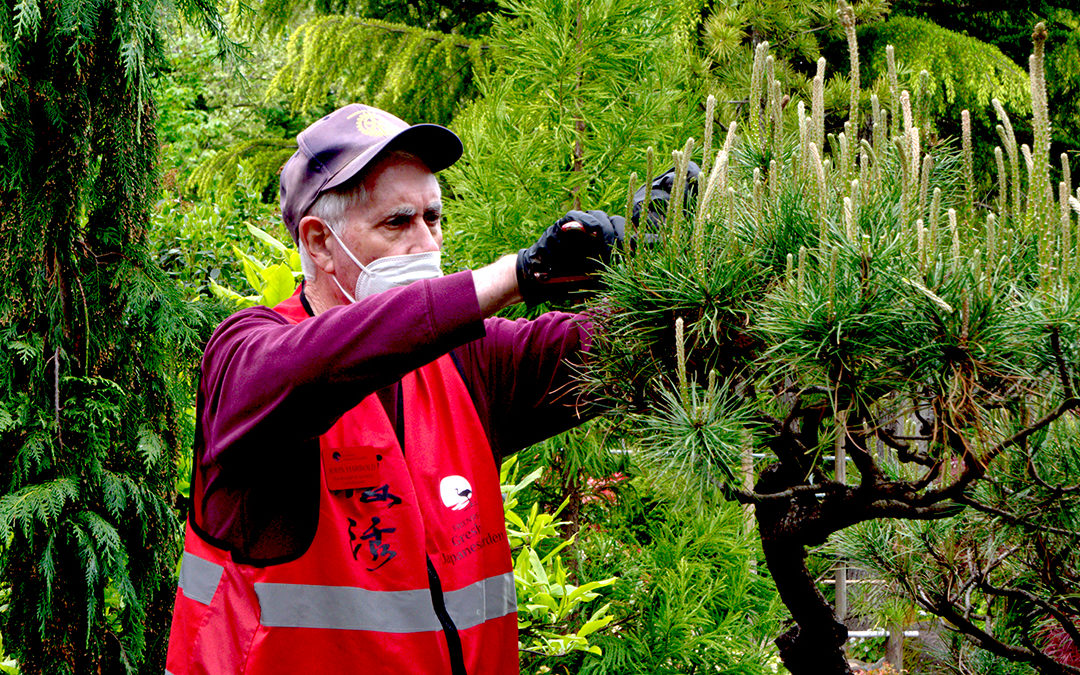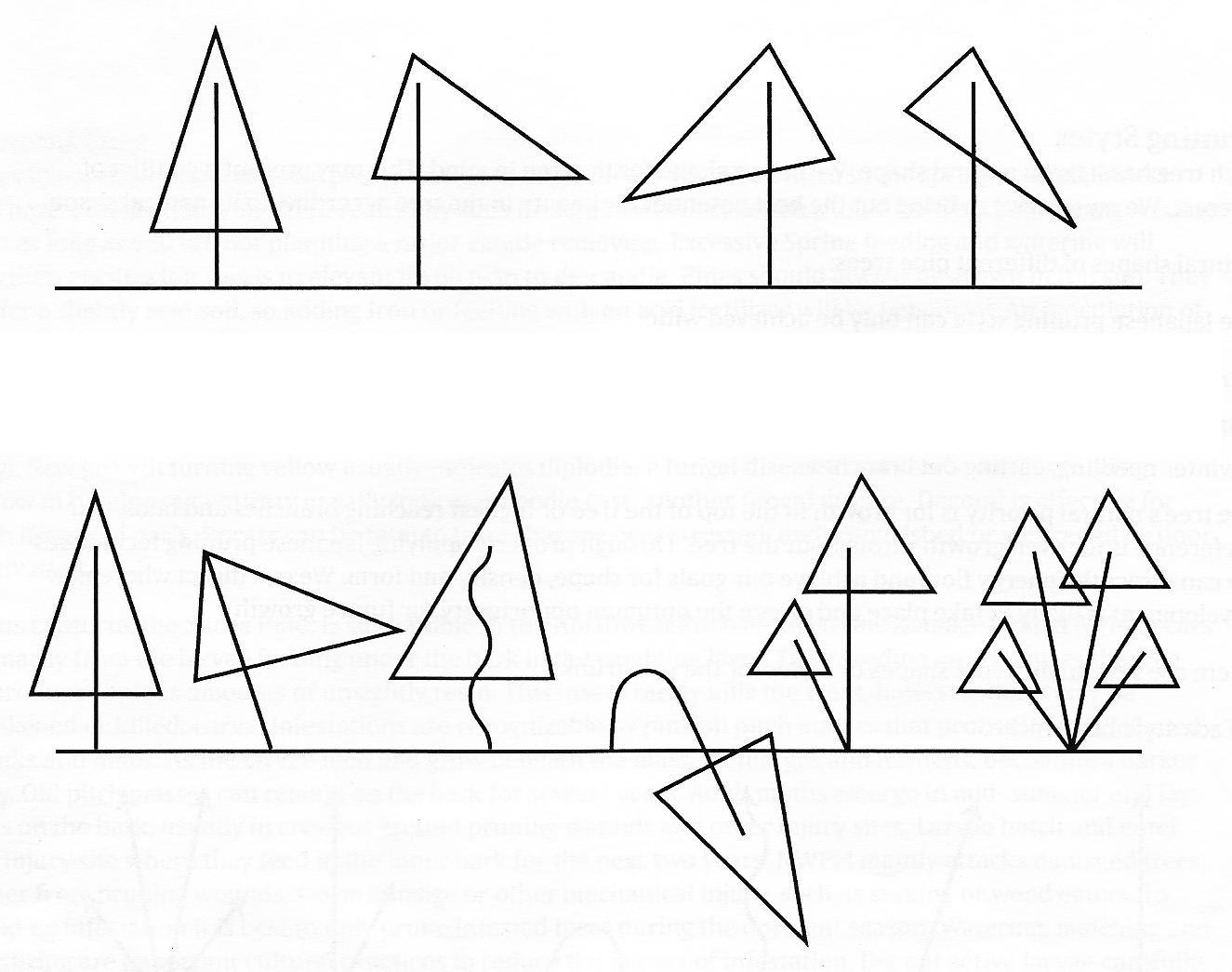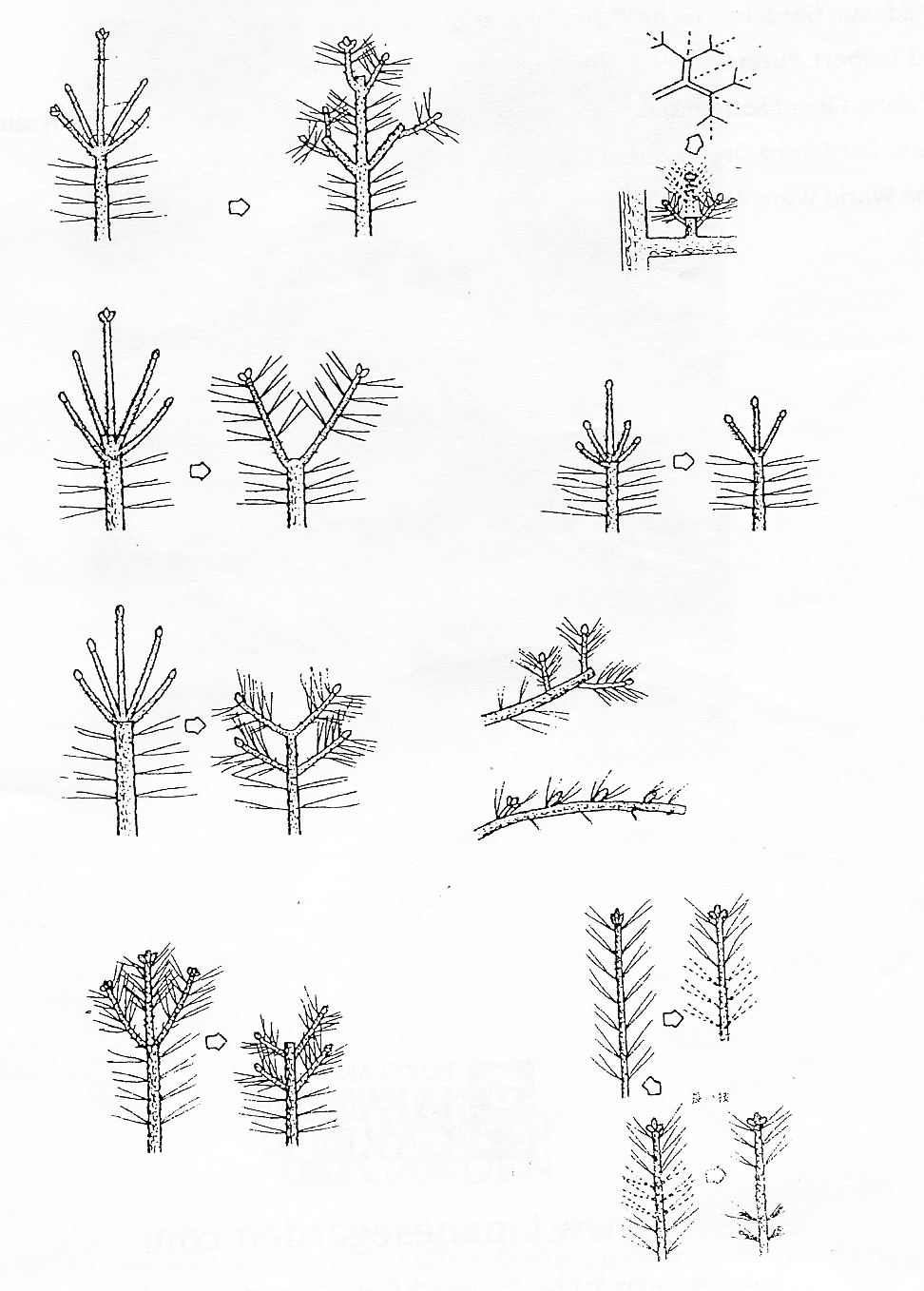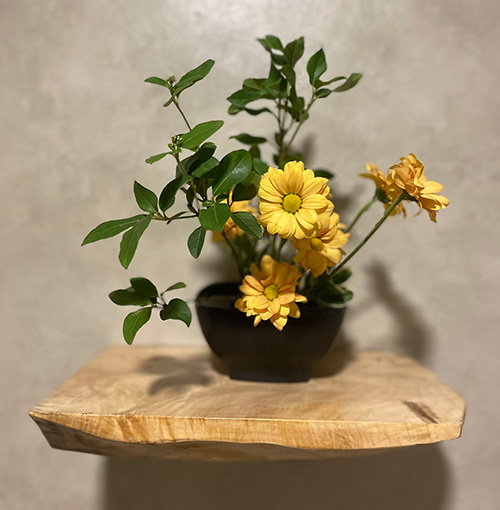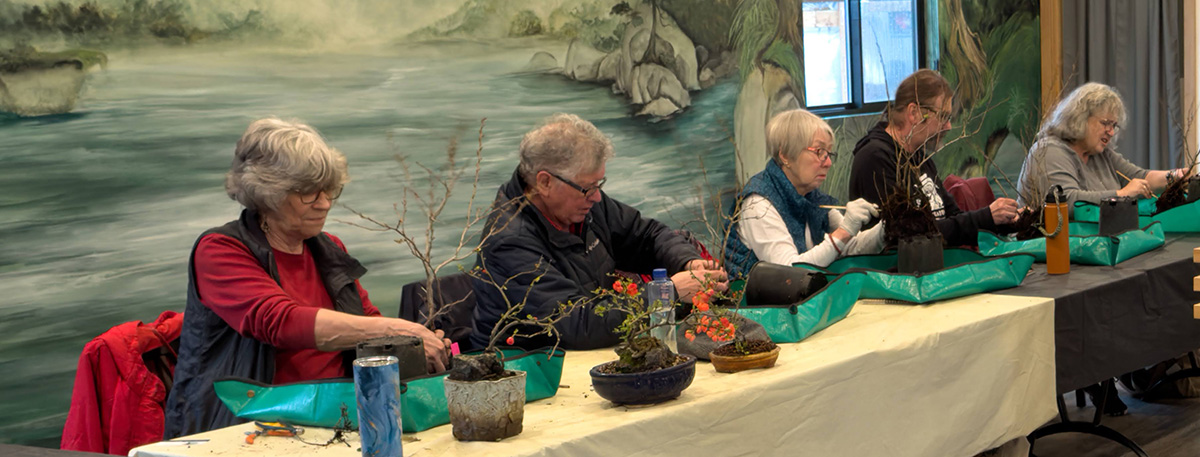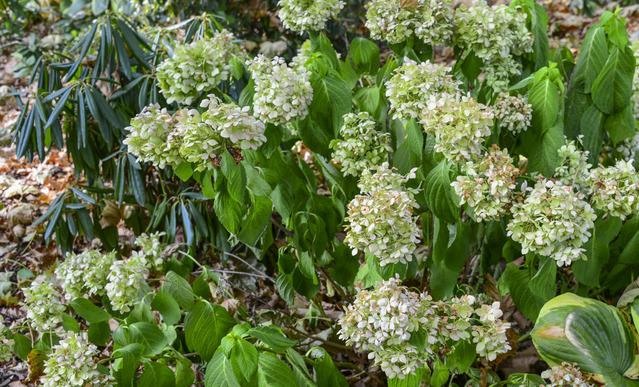
Watering Plants During a Heatwave
Watering Your Plants During a Heatwave
Watering is tricky during a heat wave – or more specifically, getting the water into the plant. This largely depends on the ability of your soil to hold water. Clay, loamy, or sandy soils will all perform differently.
Soil must hold water to attract more water, as water molecules bind to each other. So if your soil is completely or almost dry, a large amount of water will run off before it accumulates in the roots.
You also have high evaporation rate during a heat wave, so the less that’s in the air (no sprinklers), the better. Water in the early morning, before the sun and heat ramp up. Watering in the early morning instead of the evening also allows time for foliage to dry, reduces loss to evaporation, and reduces the chance of fungal infections (but if heat stress is apparent midday, water again at night.
The best way to water plants is with a watering can
Controlling irrigation is essential during a heat wave, as large amounts of water can be lost to evaporation and runoff. The most controlled way to water, outside of drip irrigation, is with a watering can.
Pour a small amount of water around the root zone. Most of it will run off if the surface soil is dry. Wait about 10 minutes and pour a small amount of water again. Less should run off this time. Wait another 15 minutes, and then water sufficiently to make the soil wet to a depth the length of your index finger. This actually isn’t as hard as it sounds, because by the time you get to the last plant, it will be time to start again with the 1st plant.
If you have a large garden, this, of course, would be an all-day task. You can adapt this method to watering with a hose, but concentrate on the root zones, not overhead watering.
With container plants, heat shrinks the potting soil and leaves a gap between the hot container wall and the roots. The most efficient way to water plants in containers during a heat wave is from the bottom-up. Sit the container in something like a big plastic bin. Pour water into the bin and watch as the plant roots make the water slowly disappear. Also put your container plants in the shade.
And never ever, ever fertilize plants during a heat wave. First, a lack of nutrients isn’t the problem. Second, the plants can’t take it up, so the fertilizer either runs off or collects in the soil, which may burn the plant when it resumes its normal functions.

